Of course, we would all like to be teaching science as usual, with lots of hands-on labs. But realistically, for many of us, that just isn’t possible right now as schools are teaching remotely. The good news is that there are simple ways that we can teach science virtually.
Teaching Science Virtually
Just like regular teaching, virtual teaching must be done with purpose. That means that we must still be looking at the standards and determining what our goals are. Once we do that, there is a multitude of online resources that can help us out.
Science Book Read-Alouds
Read-alouds are usually my go-to way to begin a lesson with my elementary students anyway! Use some of the books that you already have which are related to the topics you are teaching.
At the beginning of the year, I love to start with the book What is Science? by Rebecca Kai Dotlich with my youngest students. Before reading, it is always good to have students share what ‘science’ means to them.
With students that are a little older, I like to begin with Ada Twist Scientist by Andrea Beaty. This story is about a young girl, Ada, who is always curious, asks lots of questions, and makes lots of messes, much to her parent’s chagrin. However, Ada’s parents realize that they need to embrace her passion and assist her in developing it. Encouraging parents to sit in on this read-aloud could be beneficial!
Another book you might want to consider this year is Charlotte the Scientist Finds a Cure by Camille Andros. Charlotte is a bunny, and when a mysterious illness hits the animals of the forest, she is determined to find a cure. The words quarantine, contaminate, clinical trial, and many more are explained in the glossary. So relevant to today’s situation.
If you don’t like being on camera reading, all of these books are also on YouTube and can be assigned to students.
Of course, as the year goes on, there are many other books in most of our repertoires. If you need more ideas, here is a link to a PDF of the Next Generation Science Standards Interactive Read Aloud List for grades K-5. It is broken down by standard, has a short description of each book, and sometimes a suggested idea.
Teaching Virtually Using Educational Science Videos for Children
There are many educational science videos available. There are many benefits of using videos in the classroom. These benefits remain the same while teaching virtually. Videos are usually of high interest and engagement. They appeal to students’ auditory and visual modalities. Videos can be stopped and replayed.
Videos are meant to enhance teaching, not replace it. Again, we must be intentional in our planning. Are we using them as a phenomenon to get kids thinking and asking questions? Are you introducing, reinforcing, or reviewing a concept? Creating a sheet that students fill out while watching increases learning too.
Here are some science educational videos that you might consider. I have used them all.
Sid the Science Kid – PBS – good for younger kids ages 3 to 6
Dr. Bioncs Show – good for lower elementary students
SciShow Kids – also good for lower elementary
National Geographic Kids – has educational games and ideas for families
ScienceKids – videos are broken down by category
Crash Course Kids – good for upper elementary to middle school, also broken down by category
Sick Science – Steve Spangler – has lots of videos of science experiment that can be done at home
Whiz Kids Science – has science experiments and STEM challenges
This list could go on and on! However, not to overwhelm readers, I will stop here.
Doing Science Experiments at Home
The Magic School Bus on Scholastic Kids has a great series of 32 science experiments. Each experiment lists materials, has a question, tells students exactly how to complete the experiment, and offers a scientific explanation. When assigning an experiment, look at the materials list first. Survey the students and or parents. Do they have what they need at home? Do they need to get some of the materials? Are some students unable to get the things they need? Can you experiment with those students online?
Pose the question that goes with the experiment to the class first. Discuss or have students record their responses.
Once students have completed the experiment, come back as a class, and discuss the results.
Try Science and STEAM Team’s Do at Home Science Experiment Pack. This is a pack that you create and send home with each child or send it to each child’s house.
Teaching Science with Virtual Field Trips
Many places offer virtual field trips for students, especially now. Here are just a few you might want to check out.
Discovery Education – experience polar bears on the tundra
American Dairy Association – farm tours
Cincinnati Zoo Home Safari – videos of many animals as well as live presentations
Teaching Science Virtually Using Resources Made for Use with Google Slides™
Our Teachers Pay Teachers shop has other distance-learning resources made for use with Google Slides™. Check them out here. These are all set to go for teachers using Google Classroom™.
Science and STEAM Team’s Digital Resources
Teachers Pay Teachers wants to help teachers as many of their classrooms are going digital. Subsequently, they gave sellers an opportunity to be part of a BETA testing team using their TpT’s digital format. We jumped at the chance! What does this mean for you? This means that if you purchase any of our resources, you will be able to create digital resources while not editing or removing any underlying content. Text can be added, and so can text boxes. To save you time, we have gone through many of our resources and done this for you. We did this to all of our science units, and we are currently working on our reading passages that are accompanied by graphic organizers. If you want to find out more about our science lesson plans read Valuable Science Lessons that will Make Your Life Easier.
An Added Bonus
We recently had a mother reach out to me after reading this post. She wrote that a family member is involved in her school’s science club, and she was helping her gather some websites to share with the other kids in the group. They discovered this page and saved a couple of references!
This family of “self-proclaimed science nerds” searched for more websites to share with the science club kids. The daughter thought we might like to include them in this article—indeed, we would!
This site by the US Career Institute has a library full of educational science games.
The American Museum of Natural History has a page with links to games of all things “ology.”
Lastly, they sent a link to Wow Science, which has games, experiments, videos, and more, all listed within science topics you and your primary-aged kids might enjoy!
If you know someone struggling to teach science virtually, please share this post with them.
And remember, it’s all science!
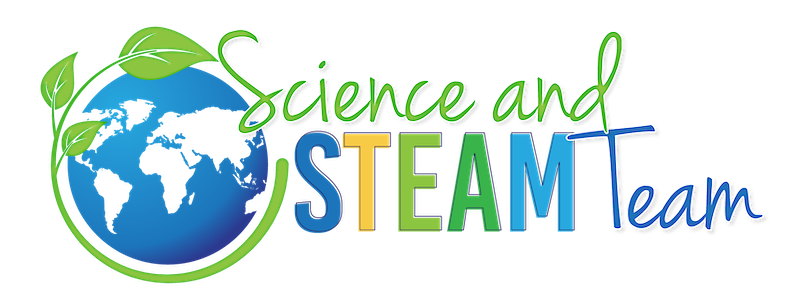
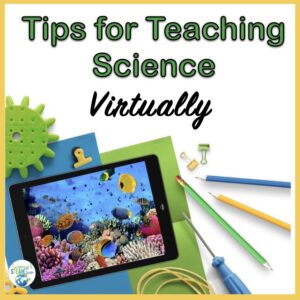
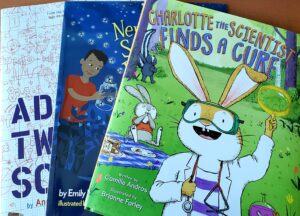
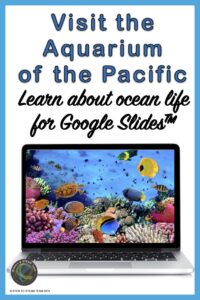
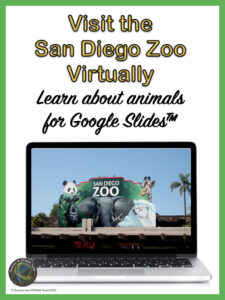 T
T
